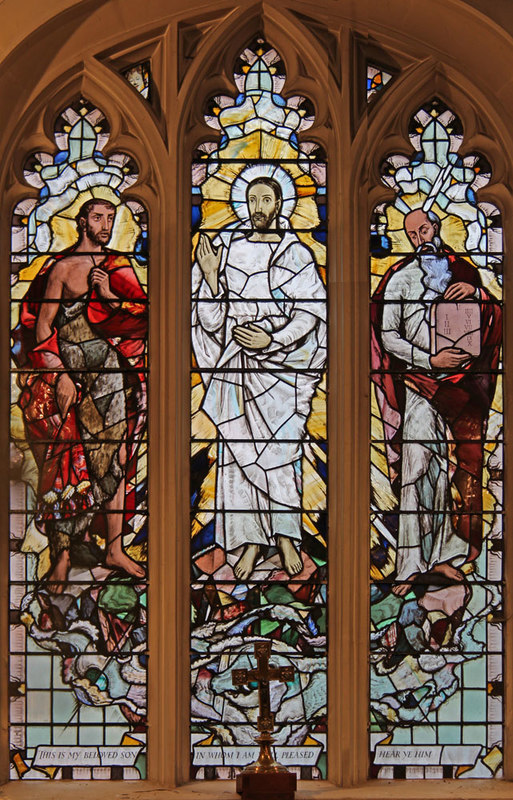
Photograph (c) John Salmon and reused under Creative Commons licence.
Today’s hymn from Sing Praise is “Jesus, restore to us again”. I hadn’t come across this one of Graham Kendrick’s songs before, but it’s in a familiar style. Many of his common themes are here too: restoration, power and signs, the work of the Holy Spirit, all springing from the charismatic movement. But his songs have proved popular even in churches that haven’t experienced charismatic revival.
The first three verses rehearse these familiar themes of incarnation, crucifixion and the power of the Spirit. Verse 4 stands out because of its reference to Moses and Elijah, representing the Law and Prophets that were fulfilled in Jesus. I don’t know whether the song was written specifically for the Feast of the Transfiguration (6 August), though I doubt it, but that’s why I picked it for the eve of that date in the Christian calendar, when we remember that three of Jesus’ disciples witnessed him meeting those ancient saints in glory on the top of a mountain along with the voice of God declaring Jesus to be his son. The verse starts, though, with “Upon the heights of this great land” – asking God to reveal his glory in our time as he did then.
The last verse picks up on the appearance of Moses and Elijah representing the Scriptures (God’s word as received by Moses and proclaimed by the prophets) and God’s power (shown in the ministry of both men as well as that of Jesus). The hymn finishes with “May word and works join hands as one, the word go forth, the Spirit come”, a balance that individuals and churches have to try to achieve.
John is quick to pick up on rhyming or the lack of it in the hymns we’ve been singing, and he no doubt picked up as I did that most of the verses consist of three pairs of rhymed lines (or semi-rhymed: again/name is used twice, and agreed/wed and one/come aren’t really rhyming either). But verse 2 is an exception where the first and fourth lines rhyme and the second and third don’t. I wonder if Kendrick added this verse in or re-wrote it later?